Embarking on a fitness journey can be a transformative experience, and calisthenics offers a unique path to achieving your health goals. This beginner-friendly guide is designed to take you through the fundamentals of calisthenics, providing a solid foundation for building strength, flexibility, and endurance using your own body weight. From core stability to upper body power, we cover the essential exercises and routines to start you on the path to a fitter, stronger you. Let’s dive into the world of calisthenics and explore how you can make your first steps to fitness both enjoyable and effective.
Key Takeaways
- Calisthenics is an accessible form of exercise that emphasizes the use of body weight for resistance, promoting functional strength and a strong core.
- Consistency in your workout schedule and incorporating a variety of exercises are crucial for progress in calisthenics, even for beginners.
- Beginner-friendly equipment like dumbbells, bands, and a stability ball can enhance your home training and add necessary resistance.
- A step-by-step guide to mastering fundamental movements like squats and push-ups is essential for developing lower body power and upper body gains.
- Addressing common questions and overcoming plateaus are part of the journey, as advancing your skills requires patience, persistence, and proper guidance.
Laying the Foundation: Starting Your Calisthenics Journey

Understanding the Basics of Calisthenics
Calisthenics is a form of exercise where you use your own body weight as resistance to build strength, flexibility, and endurance. It’s a versatile training method that can be adapted to suit beginners and advanced athletes alike. The beauty of calisthenics lies in its simplicity and accessibility; you can perform exercises anywhere, without the need for expensive equipment.
Calisthenics workouts for beginners are designed to establish a solid foundation in fitness. They focus on fundamental movements that enhance functional strength and prepare the body for more complex exercises.
Starting with calisthenics involves learning a variety of exercises that target different muscle groups. Here’s a basic list to get you started:
- Push-ups for upper body strength
- Pull-ups for back and arm muscles
- Squats for leg and core stability
- Planks for core endurance
Remember, the key to progress in calisthenics is consistency. Establishing a regular workout routine will help you build strength gradually and reduce the risk of injury.
Creating a Consistent Workout Schedule
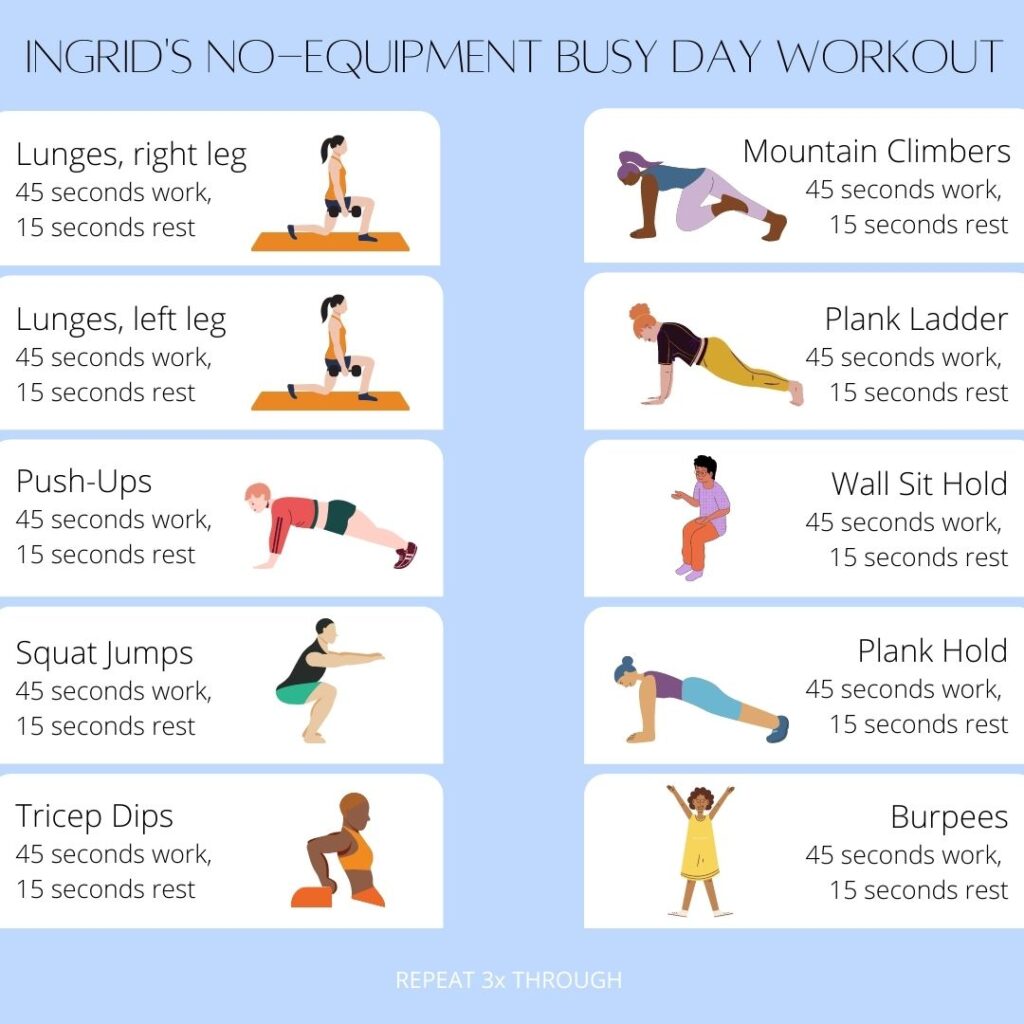
Creating a consistent workout schedule is pivotal to your success in calisthenics. Assess your current lifestyle and determine how much time you can realistically dedicate to training each week. Starting with a manageable routine that fits your schedule ensures that you can maintain it over the long term.
Remember, it’s not about how much time you can squeeze into a single session, but rather the regularity and consistency of your workouts that will lead to progress.
Here’s a simple guide to help you format your workouts:
- Identify the days and times you are available to train.
- Decide on the muscle groups you want to focus on each session.
- Determine the number of repetitions (reps), sets, and rest times for each exercise.
- Begin with a modest goal and gradually increase the intensity and duration of your workouts as you build strength and endurance.
By following these steps, you’ll create a workout plan that is both effective and sustainable, paving the way for a successful fitness journey.
Essential Equipment for Home Training
While starting with bodyweight exercises is common, to continue your progress, adding weighted exercises is crucial. For those opting to train at home, certain equipment can greatly enhance your workout experience. Here’s a list of basic gear that can help you get started:
- Dumbbells: For added resistance in strength training.
- Resistance bands: Versatile for a variety of exercises.
- Stability ball: Useful for core workouts and balance training.
- Jump rope: Excellent for cardiovascular workouts and coordination.
Remember, the right equipment can make a significant difference in the effectiveness of your workouts. Investing in quality gear like Gravgear can ensure you train stronger and safer, with the added benefit of free shipping within the United States.
It’s not just about having the right tools; it’s about using them to create a sustainable and varied exercise routine that keeps you engaged and moving towards your goals.
Building Core Strength: Essential Ab Workouts for Beginners

The Importance of a Strong Core
Your core is the central link connecting your upper and lower body. It is crucial for maintaining stability and balance in every movement you make, whether in daily activities or during intense workouts. A strong core is not just about having a toned midsection; it’s about enhancing your body’s overall function and reducing the risk of injury.
The benefits of a strong core extend beyond aesthetics. Here are some key reasons why core strength is essential:
- Stability and Balance: A robust core keeps your body stable and balanced during dynamic movements.
- Injury Prevention: It supports your spine, helping to prevent back pain and other related injuries.
- Improved Posture: Strong core muscles contribute to better posture, which can alleviate stress on the back and shoulders.
- Enhanced Performance: Core strength is fundamental for athletes, as it can improve power and efficiency in sports and exercise.
To build a strong core, consistency in your workouts is key. Incorporating a variety of exercises that target all areas of the core will ensure balanced development and prevent overuse injuries.
Remember, calisthenics relies on bodyweight movements to not only burn fat and build muscle but also to build strength in your core. Starting with foundational exercises and gradually increasing the difficulty is the best approach for beginners.
Eight Beginner-Friendly Ab Exercises
Starting your calisthenics journey with a focus on core strength is a wise move. A strong core is the cornerstone of a well-rounded fitness regimen and is crucial for performing exercises safely and effectively. Here are eight beginner-friendly ab exercises that you can incorporate into your routine:
- Basic Crunches
- Plank
- Bicycle Crunches
- Leg Raises
- Mountain Climbers
- Russian Twists
- Reverse Crunches
- Bird Dogs
Remember, the key to seeing results is consistency and proper form. Start with a number of repetitions that challenges you without compromising on technique. As you progress, you can increase the intensity by adding more reps or holding the positions for longer durations.
It’s important to listen to your body and not rush the process. Building a solid foundation takes time, but with patience and dedication, you’ll see your core strength improve.
Progressing Safely and Effectively
When embarking on a calisthenics regimen, it’s crucial to progress at a pace that’s right for you. Start with exercises that match your current fitness level and gradually increase the difficulty as your strength and mobility improve. Here are some guidelines to ensure you’re advancing safely:
- Listen to your body and rest when needed. Overtraining can lead to injuries.
- Focus on form over speed or repetitions. Proper technique is key to effective workouts.
- Increase the intensity of workouts incrementally. Avoid making large jumps in difficulty.
Remember, consistency is more important than intensity when starting out. It’s better to do a little every day than to overdo it once a week.
After completing an 8-week beginner program, you might wonder what comes next. It’s essential to keep challenging your body to avoid plateaus. You can do this by adding new exercises, increasing reps, or incorporating equipment. If you’ve been following a program that includes push-ups, planks, lunges, and squats, consider adding variations or resistance to continue progressing.
Developing Lower Body Power: Squat Progressions and Mobility
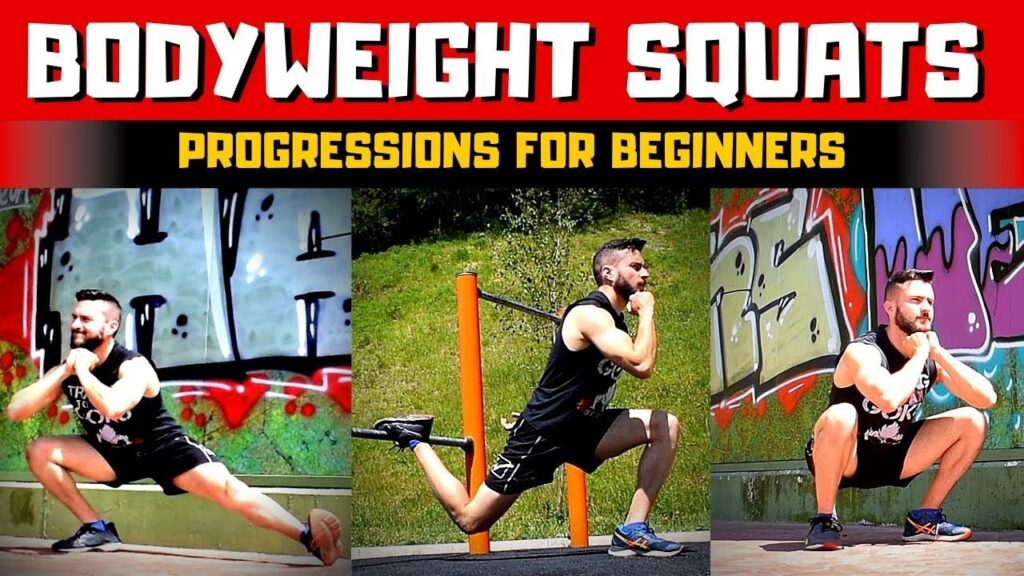
Assessing Your Current Mobility
Before diving into squat progressions and leg workouts, it’s essential to assess your current mobility. This initial step will help you understand your body’s capabilities and limitations, ensuring that you can tailor your calisthenics routine to your specific needs.
Mobility is not just about flexibility; it’s about the ability to perform movements without restriction. A comprehensive assessment should include checking the mobility of your feet, toes, ankles, knees, and hips, as these are the foundational joints for lower body exercises.
Here’s a simple checklist to gauge your lower body mobility:
- Can you comfortably squat to parallel without your heels lifting off the ground?
- Are you able to perform a full range of motion in your ankles without discomfort?
- Do your knees track over your toes without caving in or out during movements?
- Can you hinge at the hips while keeping your spine neutral?
Identifying any weak links in this chain is crucial, as they can limit your fitness progress and potentially lead to chronic pain. Addressing these areas with targeted mobility exercises will pave the way for a safer and more effective workout regimen.
Step-by-Step Guide to Mastering Squats
Squats are fundamental to building lower body strength and are a staple in calisthenics. Proper form is crucial to prevent injury and ensure you’re targeting the right muscle groups. Here’s a simple progression to get you started:
- Box Squats: Begin with box squats to build confidence and muscle memory. Use a bench or chair as your guide for depth.
- Bodyweight Squats: Once comfortable, move to bodyweight squats, focusing on keeping your chest up and core engaged.
- Pause Squats: Add pause squats to your routine to increase time under tension and improve control.
- Jump Squats: Incorporate jump squats to develop explosive power and agility.
Consistency is key in mastering squats. Aim for three sessions per week, allowing rest days in between for muscle recovery.
Remember to start each session with a warm-up to prepare your muscles and joints for the workout. As you progress, listen to your body and only increase intensity when you can maintain good form.
Incorporating Leg Workouts into Your Routine
Incorporating leg workouts into your calisthenics routine is crucial for developing overall athleticism and ensuring a balanced physique. A well-rounded leg workout targets the glutes, quads, hamstrings, and calves, providing the explosive power needed for various sports and activities.
When planning your leg workouts, consider the ‘Push, pull, legs’ routine, which is effective and adaptable to different schedules. This approach ensures that all major muscle groups are worked evenly throughout the week.
Here’s a simple leg workout to get you started:
- Partial Sissy Toe Squats: 30 sec x 3 sets
- Single Knee Get Up: 20 sec per leg x 3 sets
- Standing Leg Compression + Extensions: 30 sec per leg x 3 sets
Remember, progressive overload is key to muscle growth. Gradually increase the intensity of your workouts by adding weights, such as a weight vest or a backpack filled with books, to challenge your muscles and foster strength gains.
Upper Body Gains: Simple Routines for Chest and Back

Crafting a Balanced Upper Body Workout
A balanced upper body workout is crucial for achieving symmetrical muscle development and preventing injuries. Incorporate a variety of exercises that target different muscle groups to ensure comprehensive growth and strength gains. For beginners, it’s important to focus on form and technique before increasing intensity or volume.
To get started, consider a simple routine that includes both push and pull exercises to work the chest and back effectively. Here’s an example of a beginner-friendly workout that can be done twice a week:
- Push-ups: 3 sets of 8-12 reps
- Pull-ups or bodyweight rows: 3 sets of 5-8 reps
- Dips: 3 sets of 6-10 reps
- Plank: 3 sets of 30 seconds to 1 minute
Remember, consistency is key. Even a short session is better than none, so aim to maintain a regular workout schedule.
As you progress, you can add more challenging variations or increase the number of sets and reps. Always listen to your body and adjust your workouts accordingly to avoid overtraining and ensure steady progress.
Key Exercises for Chest and Back Development
To achieve a balanced upper body, it’s essential to incorporate exercises that target both the chest and the back. The chest press reigns supreme for pec development, offering various modifications to suit your level. For the back, exercises like bent over rows and pull overs are indispensable for building strength and muscle. Here’s a simple routine that can be done with minimal equipment:
- Pull overs: Start your workout with this compound movement to engage your lats and chest.
- Bent over rows: Follow up with rows to target your upper and mid-back muscles.
- Push-ups: Incorporate different push-up variations to hit all areas of the chest.
Remember, consistency in your workouts is crucial for progress. Aim to train your chest and back at least twice a week, allowing for adequate recovery between sessions. As you advance, gradually increase the intensity and complexity of the exercises.
Consistency and progression are the keys to developing a strong and balanced upper body. Start with basic movements and increase difficulty over time to keep challenging your muscles.
Combining Calisthenics with Weighted Exercises
Integrating weights into your calisthenics routine can significantly enhance your training by providing the necessary progressive overload. This method allows for consistent increases in strength and muscle development. For instance, adding a weight vest or a backpack filled with books can introduce a new level of challenge to your bodyweight exercises.
When combining calisthenics with weights, it’s crucial to maintain proper form to prevent injuries and ensure the effectiveness of your workout. Here’s a simple guide to get started:
- Begin with bodyweight exercises to master the form.
- Gradually add weight in small increments.
- Focus on compound movements that engage multiple muscle groups.
- Listen to your body and adjust the intensity accordingly.
Remember, the goal is not to replace calisthenics with weights but to use them as a tool to further your progress and overcome plateaus.
By being creative and targeting specific muscle groups, you can build a solid foundation for any sport or fitness goal. Whether you’re looking to increase muscle mass or enhance your athletic performance, the combination of calisthenics and weights can be a game-changer.
Calisthenics Training FAQs: Answers to Common Questions

What is Calisthenics and Its Benefits?
Calisthenics is a form of exercise that involves using your own body weight as resistance to build strength, flexibility, and endurance. It’s a versatile training method that can be practiced almost anywhere and caters to all fitness levels.
The benefits of calisthenics are numerous. It not only helps in building muscle and improving overall fitness but also enhances functional strength, which is crucial for athletic performance and daily activities. Moreover, calisthenics promotes natural-optimal muscle mass, mobility, agility, and fast recovery speed, all while contributing to pain-free movement.
Calisthenics, rooted in the ancient Greek ideals of beauty and strength, is more than just a workout routine; it’s a sustainable lifestyle choice that emphasizes physical and mental well-being.
Here’s a quick overview of the benefits:
- Builds muscle and core strength
- Improves flexibility and endurance
- Enhances functional strength for daily life
- Promotes natural muscle development
- Increases mobility and agility
- Supports fast recovery and pain-free movement
How Often Should You Train for Optimal Results?
Determining the ideal frequency for your calisthenics workouts is crucial for both progress and recovery. Aim to train at least two days a week to maintain momentum and avoid the feeling of stagnation. However, it’s important not to overdo it; training more than six days a week can be counterproductive unless you’re engaging in low-impact activities like walking.
Consistency is key in any fitness regimen, but so is listening to your body. Ensure you have adequate rest days to allow your muscles to rebuild and recover.
As you advance, you may find that your body can handle more frequent training sessions. Here’s a simple guideline to help you plan your workout schedule:
- Beginner: 2-3 days per week
- Intermediate: 3-4 days per week
- Advanced: 4-6 days per week
Remember, these are just guidelines. Some individuals may progress more quickly or slowly, and adjustments should be made based on personal recovery times and fitness levels. As noted in a Men’s Health article, the number of reps per set can vary from 5 to 20 depending on your ability, indicating that personalization is essential.
Navigating Plateaus and Advancing Your Skills
Hitting a plateau in calisthenics is a common experience, but it’s also a sign that your body has adapted to your current routine. To break through a plateau, consider altering your workout intensity, volume, or frequency.
- Evaluate your current routine and identify areas for improvement.
- Introduce new exercises or variations to challenge your muscles in different ways.
- Increase the difficulty of exercises by adding more reps, sets, or reducing rest time between sets.
Remember, consistency is key in calisthenics. Regularly assess your progress and adjust your training plan to ensure continuous improvement.
If you’re unsure how to modify your routine, seek advice from a fitness professional or look for advanced calisthenics programs that can provide a structured progression. Always listen to your body and allow adequate rest to prevent overtraining and injury.
Conclusion
Embarking on your fitness journey with calisthenics is a commendable step towards achieving both physical and mental well-being. As you’ve learned, this form of exercise is versatile, accessible, and can be tailored to your individual needs and goals. Whether you’re building core strength, increasing muscle mass, or enhancing functional strength, the key is consistency and progression. Remember, fitness is not about complexity; it’s about commitment and making the most of the resources at your disposal. So, start with the basics, be patient with your progress, and don’t hesitate to seek guidance through courses or personal coaching. Your path to fitness is unique, and with calisthenics, you have the foundation to build a stronger, healthier you.
Calisthenics Training FAQs: Answers to Common Questions
What is Calisthenics and what are its benefits?
Calisthenics is a form of exercise that uses one’s own body weight for resistance, emphasizing the development of strength, flexibility, and body control. Its benefits include improved overall fitness, functional strength that translates to real-world activities, and the convenience of minimal equipment requirements.
How often should I train calisthenics for optimal results?
For beginners, it’s recommended to start with 3 sessions per week, ensuring you don’t rest more than two consecutive days. As you progress, you can adjust your frequency based on your goals and recovery needs.
How can I overcome plateaus in my calisthenics training?
To navigate plateaus, vary your workouts, increase the intensity or volume, focus on your nutrition, and ensure you’re getting enough rest. Sometimes, incorporating weighted exercises or trying new movements can also help push past a plateau.
What are some essential pieces of equipment for home calisthenics training?
While calisthenics requires minimal equipment, having items like dumbbells, resistance bands, a stability ball, and a jump rope can enhance your training by providing additional resistance and variety.
Is calisthenics suitable for building muscle mass?
Yes, calisthenics can be effective for building muscle mass. To maximize muscle growth, combine calisthenics with a consistent calorie surplus and progressively increase the difficulty of exercises.
Can calisthenics improve my mobility and how?
Calisthenics can significantly improve mobility through dynamic movements and stretching exercises. It encourages a full range of motion, which helps in developing flexibility and reducing the risk of injury.
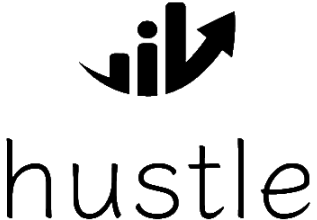
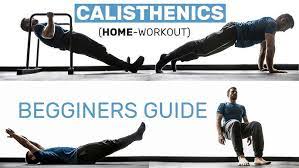



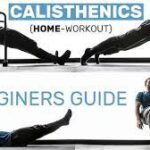

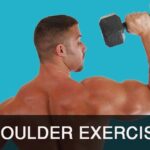
The VOCAL77 conference focuses on recent advances on optimization algorithms: continuous and discrete; complexity and convergence properties, high performance vocal77 optimization software and novel applications are reviewed as well. We aim to bring together researchers from both the theoretical and applied communities in the framework of a medium-scale event.
Wow Thanks for this content i find it hard to come across very good advice out there when it comes to this topic thank for the guide site